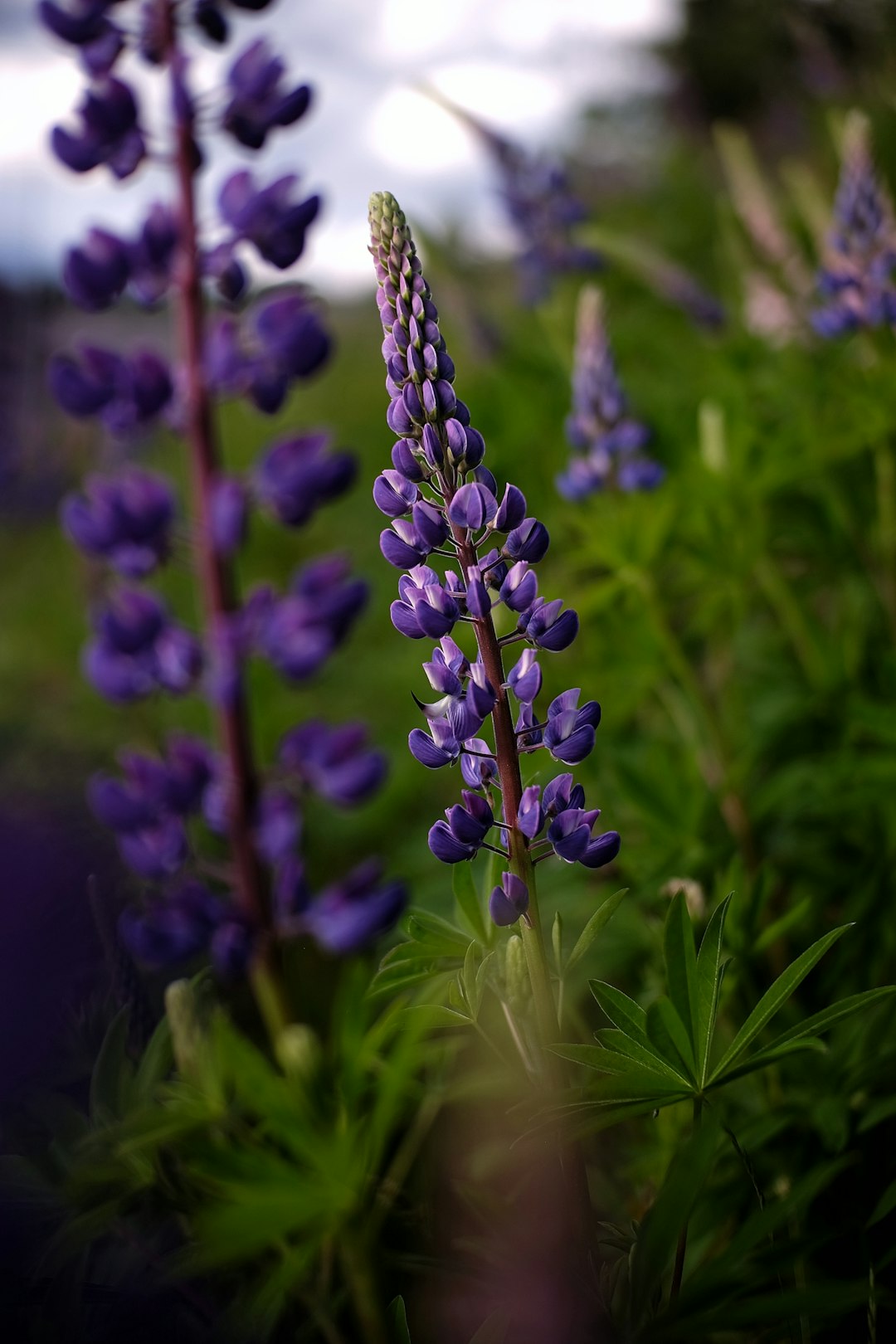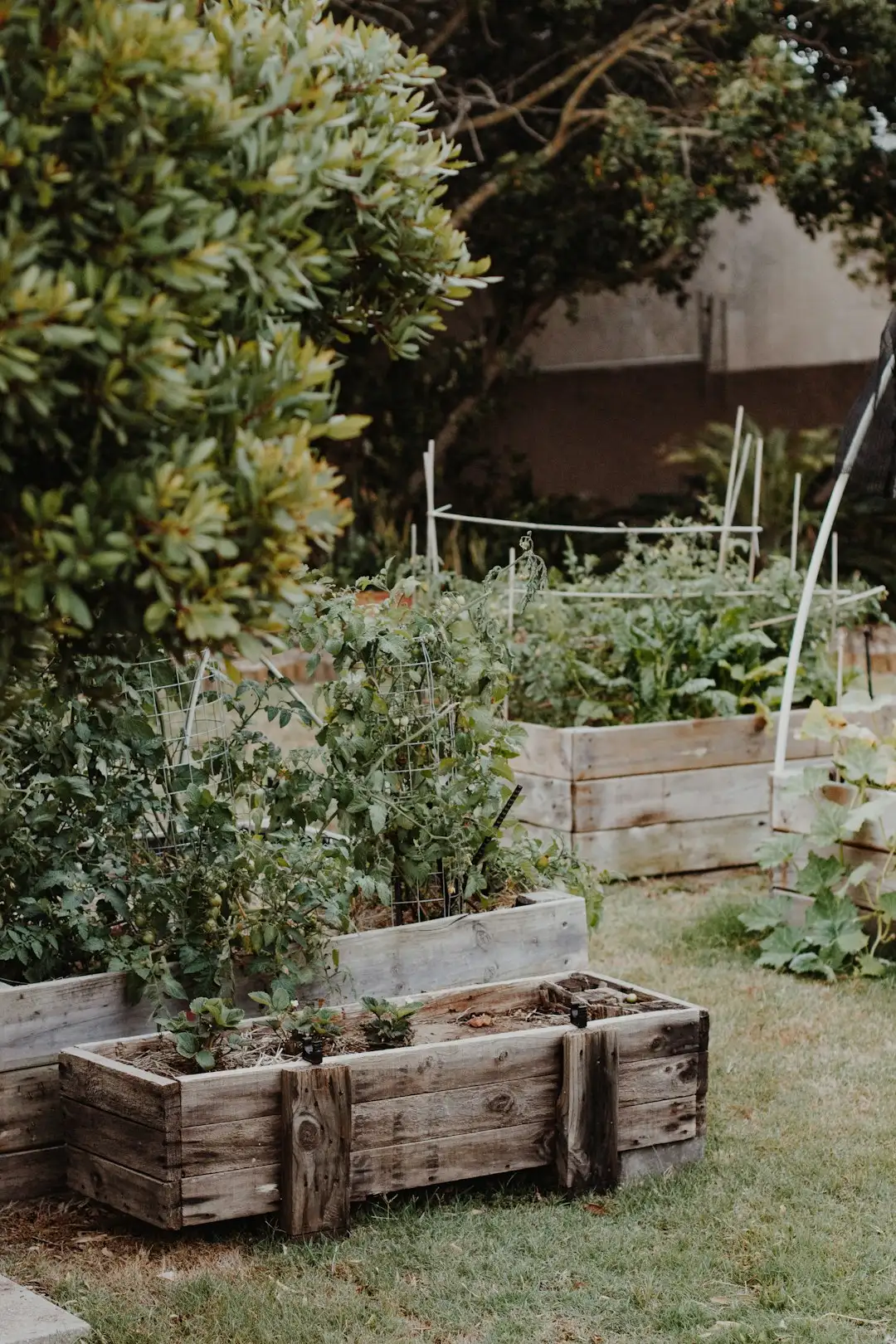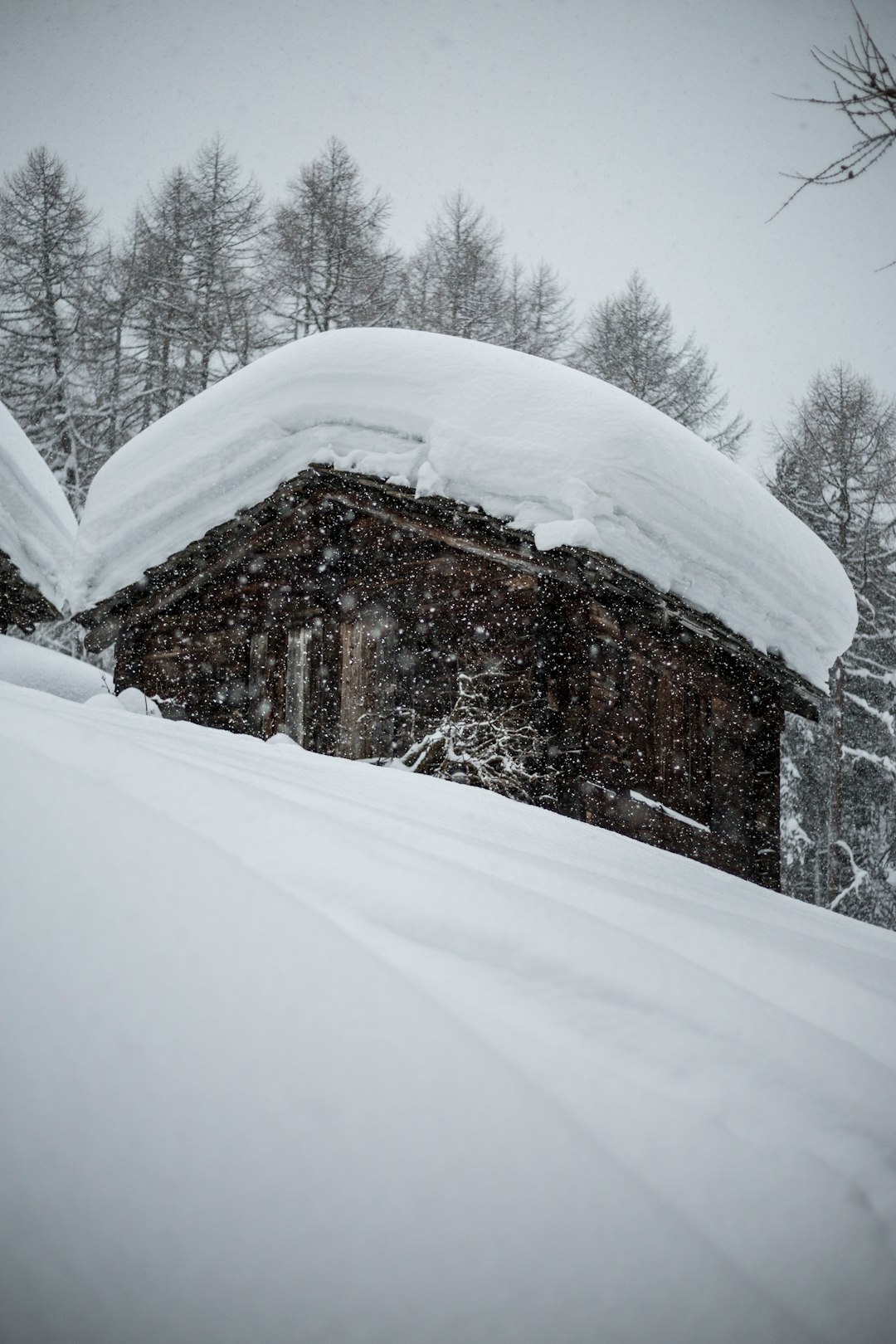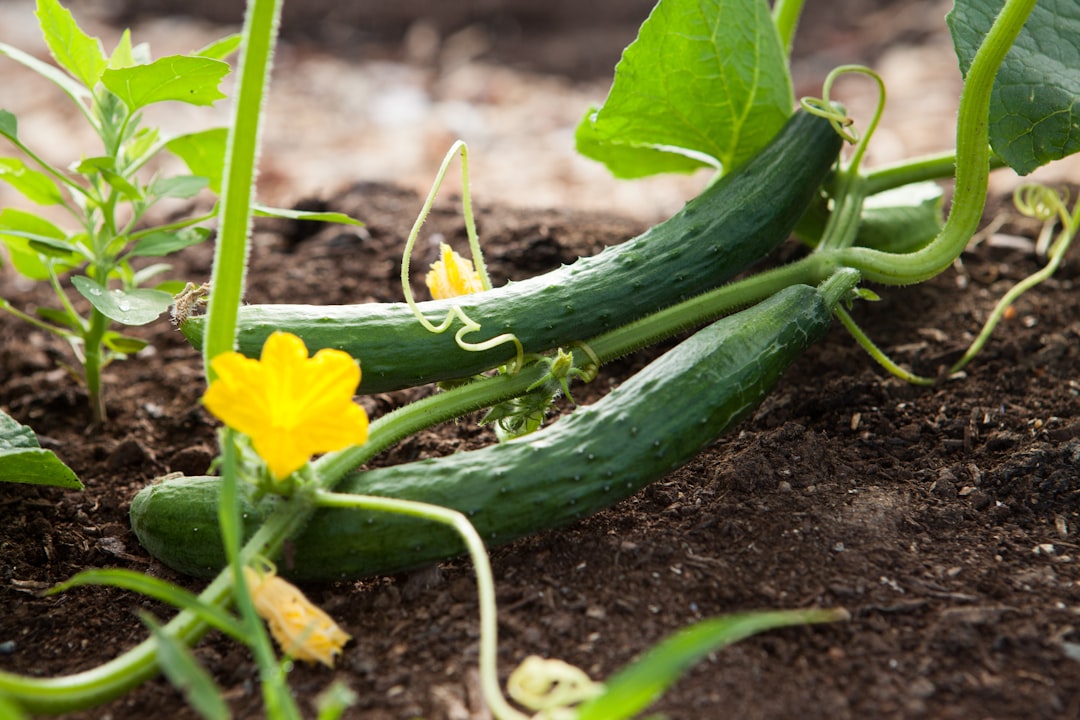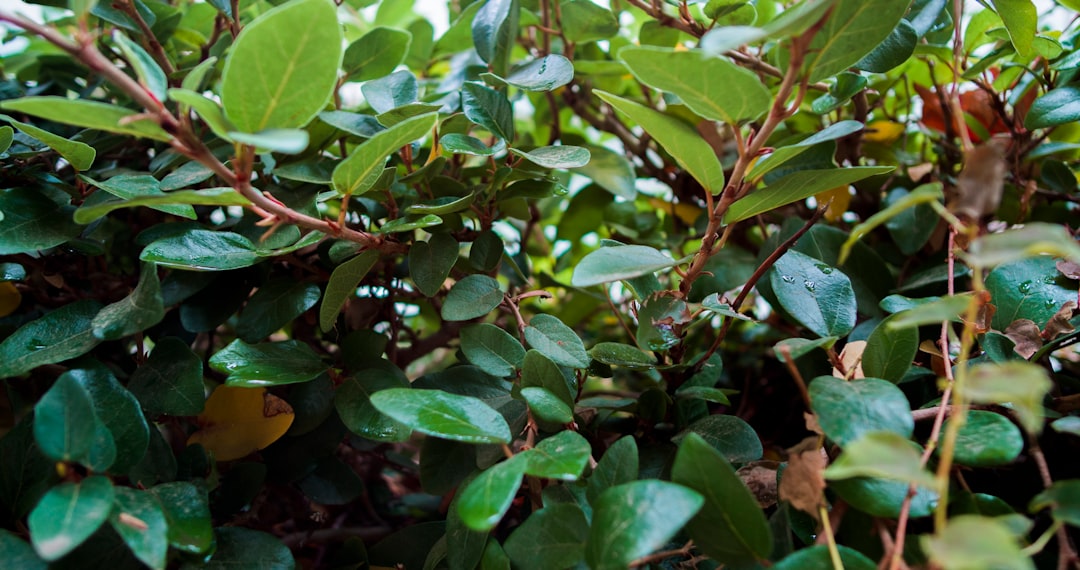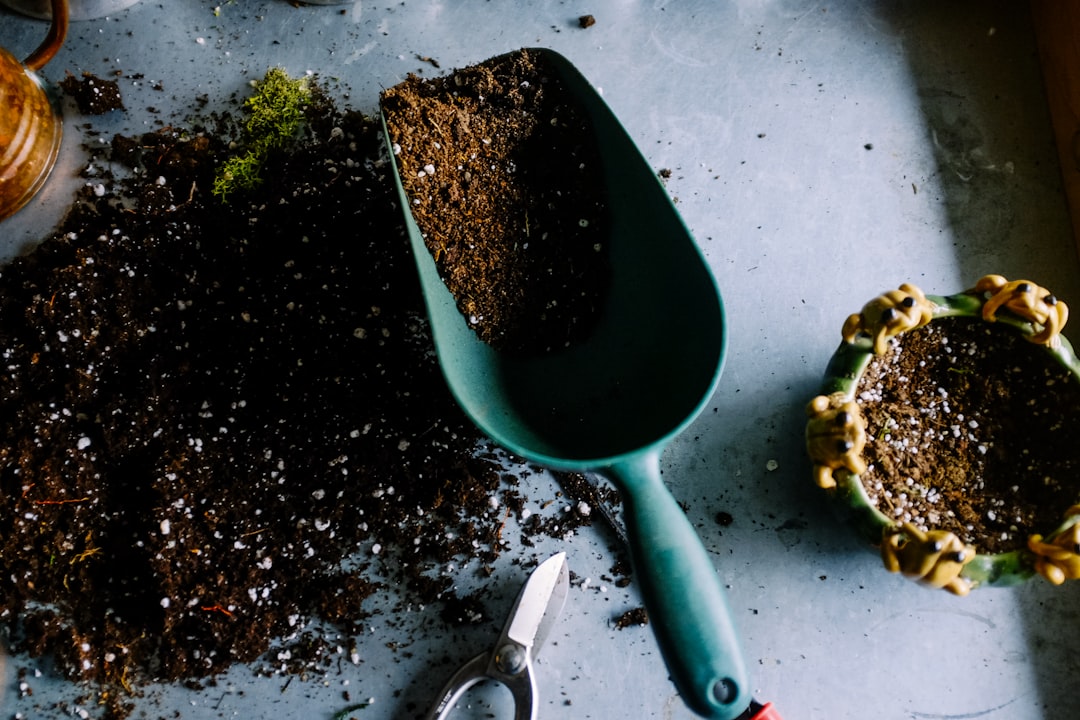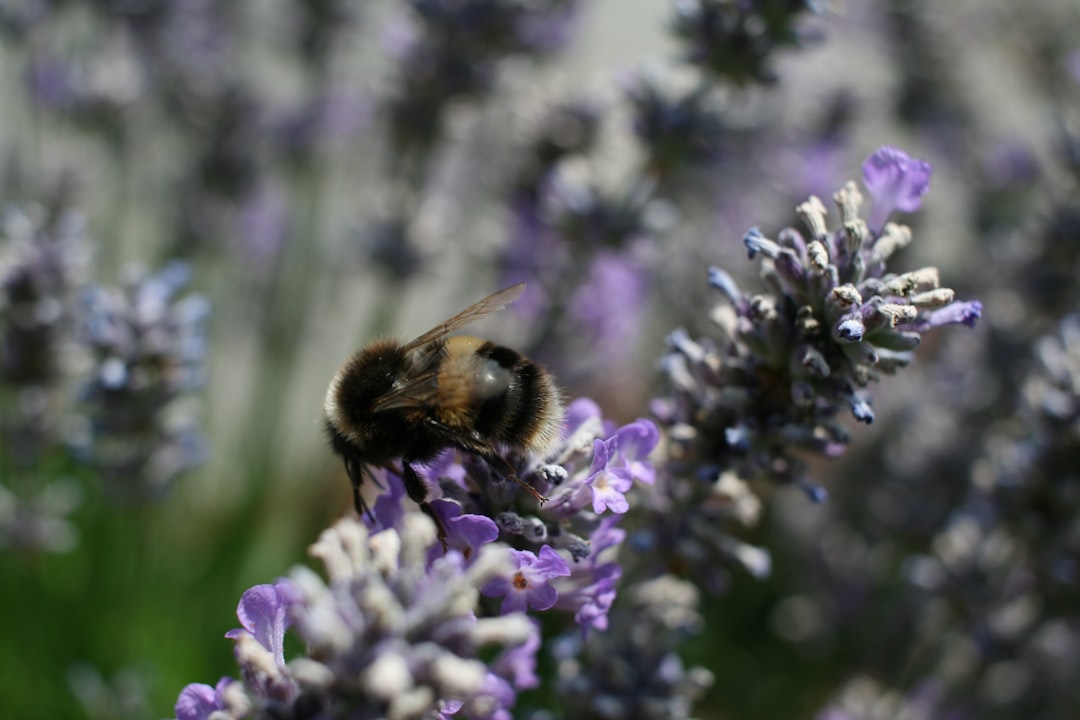
Winter aconites, those charming little flowers that bring a splash of color to the otherwise dull winter landscape, are a delight for any gardener. These early - blooming wonders can transform your garden into a haven of beauty even in the coldest months. In this article, we will explore essential tips for growing early - blooming winter aconites, including how and when to plant the tubers.
First, let's understand what winter aconites are. Winter aconites (Eranthis hyemalis) are small, perennial plants that belong to the buttercup family. They are native to woodlands in Europe and are known for their bright yellow, cup - shaped flowers that emerge from a collar of green bracts. These flowers are not only beautiful but also a sign that spring is on its way.
When it comes to choosing the right location for your winter aconites, they prefer partial to full shade. In nature, they grow under the canopy of trees, so replicating this environment in your garden is ideal. They also thrive in well - drained soil that is rich in organic matter. You can amend your soil with compost or well - rotted manure to provide the necessary nutrients for healthy growth.
Now, let's talk about the most crucial part: planting the tubers. The best time to plant winter aconite tubers is in the late summer or early fall. This gives the tubers enough time to establish roots before the cold winter sets in. When you receive your tubers, they may look a bit dry and shrivelled, but don't worry. Soak them in water for a few hours before planting to rehydrate them.
Dig a hole that is about 2 - 3 inches deep and place the tuber in the hole with the pointed end facing upwards. Space the tubers about 3 - 4 inches apart to allow them room to grow. Cover the tubers with soil and gently firm it down. Water the area thoroughly after planting to help the soil settle around the tubers.
Once your winter aconites are planted, they require minimal care. During the growing season, keep the soil moist but not waterlogged. Overwatering can lead to root rot, which is a common problem for these plants. In the winter, a layer of mulch can help protect the tubers from extreme cold and fluctuations in temperature.
After the flowers have faded, allow the foliage to die back naturally. This is important because the leaves are responsible for photosynthesis, which helps the plant store energy for the next growing season. Once the foliage has completely died back, you can remove it from the garden.
Winter aconites are also great for naturalizing. This means that they will spread over time and form large colonies. You can encourage naturalization by leaving the tubers in the ground year after year. As they multiply, you'll have a more extensive display of these beautiful flowers in your garden.
However, like any plant, winter aconites can face some challenges. They are susceptible to pests such as slugs and snails, which can damage the leaves and flowers. You can control these pests by using organic slug pellets or by creating barriers around your plants. Diseases such as fungal infections can also occur, especially in wet conditions. To prevent this, make sure your plants have good air circulation and avoid overcrowding.
In conclusion, growing winter aconites can be a rewarding experience for any gardener. With the right knowledge of when and how to plant the tubers, as well as proper care, you can enjoy the beauty of these early - blooming flowers year after year. So, go ahead and add some winter aconites to your garden and watch as they bring life and color to the cold winter months.
New
































